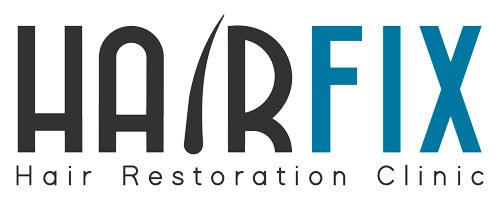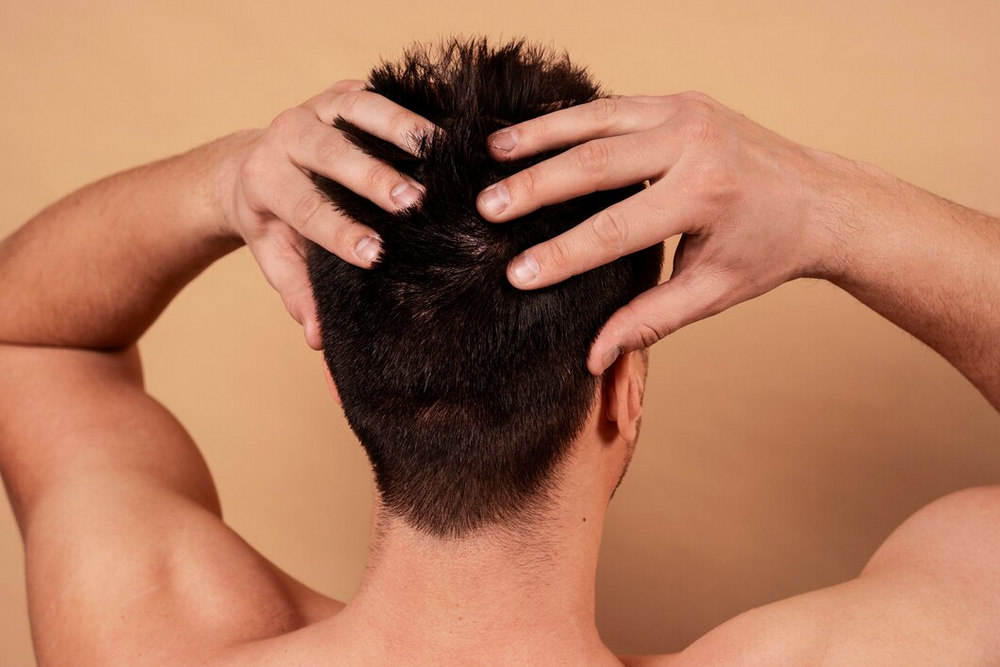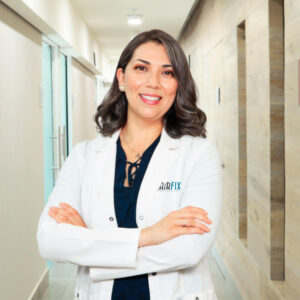When a person goes to have a hair transplant, specialists carry out a diagnosis to determine the viability of the graft, the amount of hair to be transplanted and other factors that are determined by the personal characteristics of each patient.
One of the most important factors is the areas of the scalp in hair transplantation and today on the Hairfix blog we will tell you everything you need to know about it. Stay and read!
Tabla de Contenidos
Scalp areas in hair transplant
In a hair transplant, the areas of the scalp relevant to the procedures are the donor area and the recipient area, read on to learn about their characteristics:
Hair graft recipient area
The recipient area is the part of the scalp where the hair graft will be performed, that is, it is the part of the head that has been most affected by alopecia.
The importance of analyzing the recipient area lies in determining the viability of a hair transplant. Specialists must analyze factors such as:
Type of alopecia
Specialists analyze the type of patient’s hair loss pattern to determine the feasibility of the treatment. Androgenic alopecia is the most common and the easiest to treat.
Degree of alopecia
Specialists use a measurement scale called the Ludwig scale to analyze the degree of alopecia in female patients and the Hamilton – Norwood scale for the degree of alopecia in male patients.
This differentiation is important because the hair loss pattern is different between men and women: in them, the forehead and crown area are the first areas where hair is lost and in severe degrees of alopecia the condition extends to the rest of the hair. head.
For its part, in women there is a widening of the hair part, which widens as the alopecia progresses.
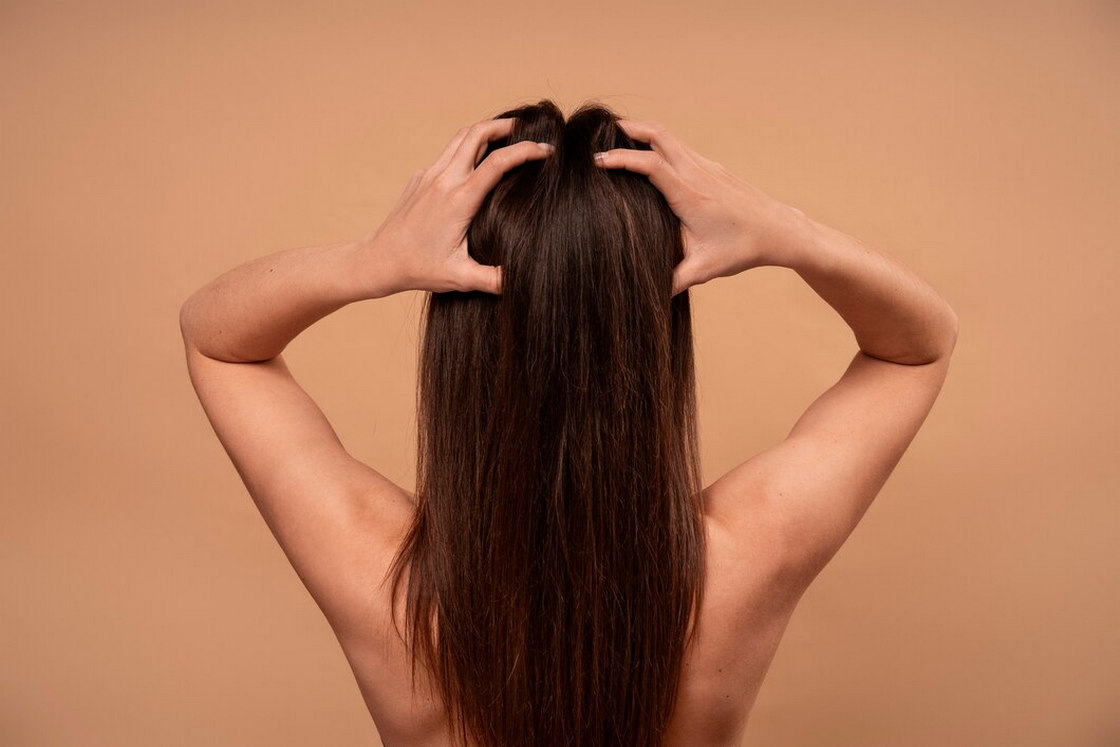
Scalp condition
Finally, specialists must analyze the condition of the scalp to rule out conditions such as folliculitis or dermatitis that can cause problems during a transplant.
Donor area for grafting
The donor area is the part of the scalp from which the follicles will be extracted for the graft. The nape of the neck, behind the ears and the sides of the head are usually chosen because they are places where the hair is denser, more resistant and because the scar is easy to hide.
As it is an autologous hair graft (obtained from the patient himself), the risk of rejection is zero. In addition, the areas where the hair is extracted are genetically prepared to continue growing throughout life, so it will grow back in both the donor and recipient areas.
Characteristics of the donor area
To determine the feasibility of obtaining hair from the patient, specialists analyze factors such as:
- Hair thickness
- Curls or curves
- Caliber
- The gray hair
- The adhesion of the follicles to the surrounding tissue
Densitometric study of scalp areas
The densitometric study is performed in both the donor and recipient areas to determine the density of the hair on the scalp, the probabilities of extraction, the angle at which they arise, and the number of follicles that will be extracted and grafted.
During this study, the dimensions in square centimeters of the area occupied by the healthy hair that will be used in the hair implant are analyzed. Therefore, it is key to determine the viability of the graft.
Furthermore, this study is key in the design of the implant recipient area so that the hair looks natural, of the same color, with the curvatures and density as the rest of the head.
In which cases is it determined that a patient is not a candidate for a hair transplant?
In patients who detect miniaturization of the follicular units in the donor area, that is, the size of the follicles has reduced and their growth is increasingly slower, and even parts with little hair are observed, specialists do not recommend the procedure. hair transplant.
It is essential to go to hair graft specialists to guarantee that the diagnosis will be accurate, the design will look natural and that the implant will be successful in the long term.
Schedule your appointment at Hairfix
We hope that this information is useful to you and helps you understand the importance of the recipient and donor areas in a hair transplant in Mexico. If you are looking for an effective and long-lasting solution for baldness, at Hairfix you will find the highly trained specialists you need to recover the appearance and health of your hair. Ask us about mesotherapy hair price and hair transplant price in Mexico.
Schedule your appointment at (664) 454 0187 and (858) 867 4060 or write to us by WhatsApp at (554) 502 7527 or at info@hairfixmexico.com. We will gladly assist you.
